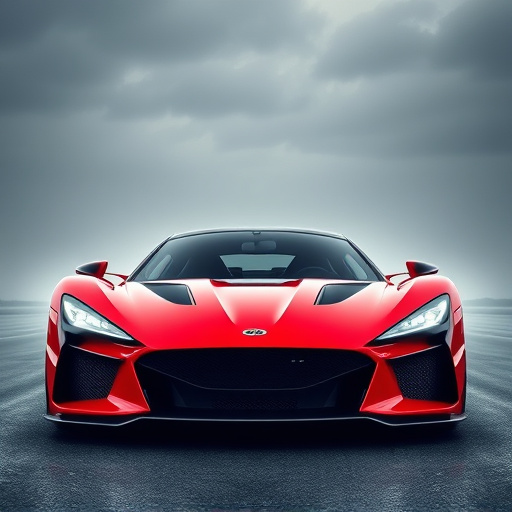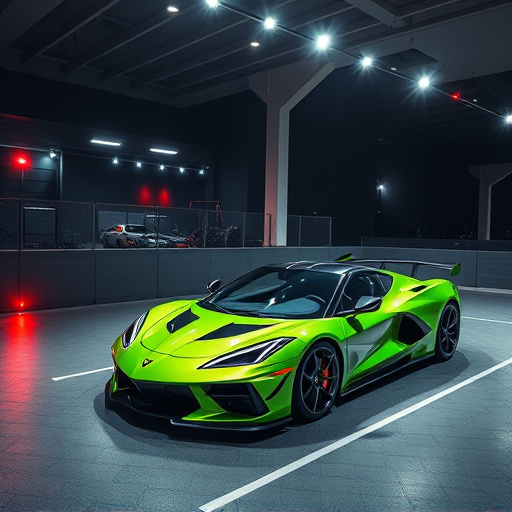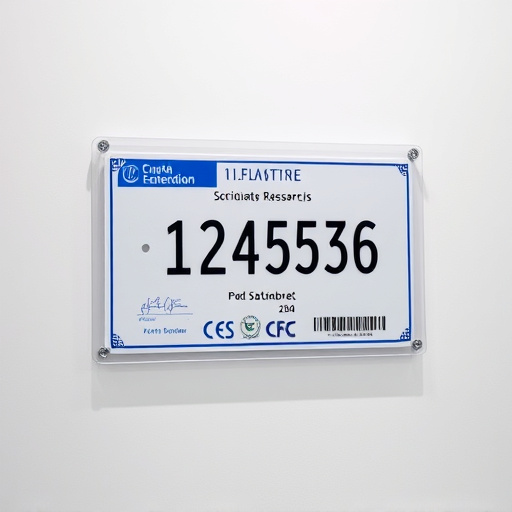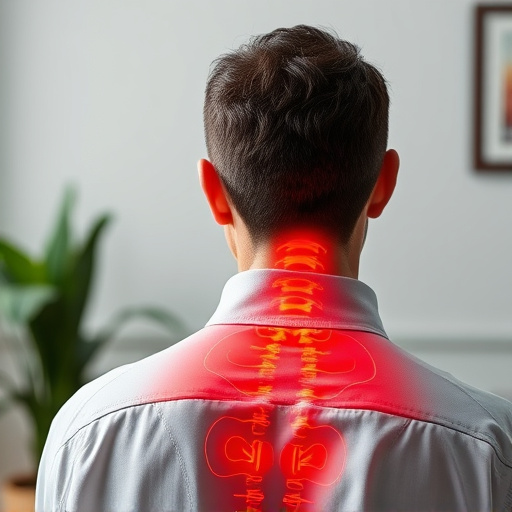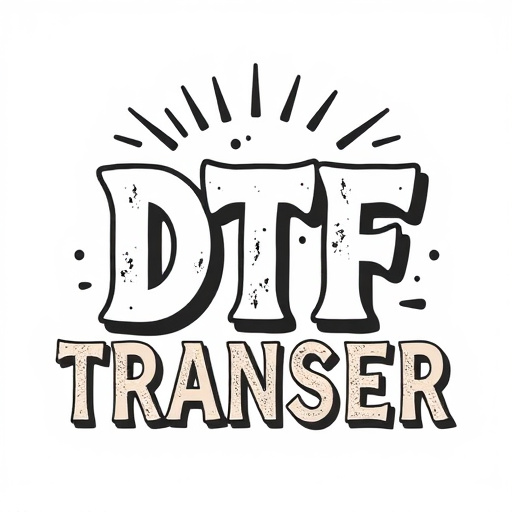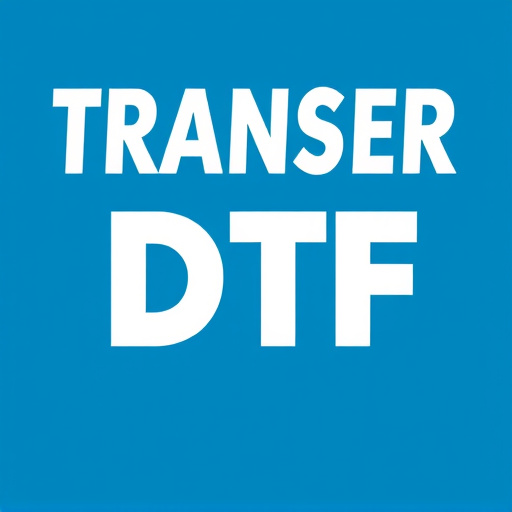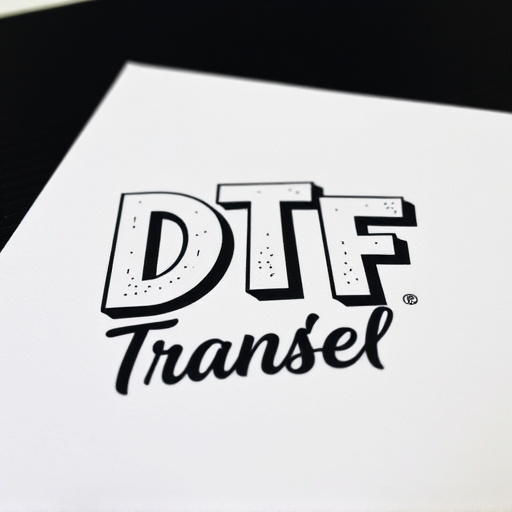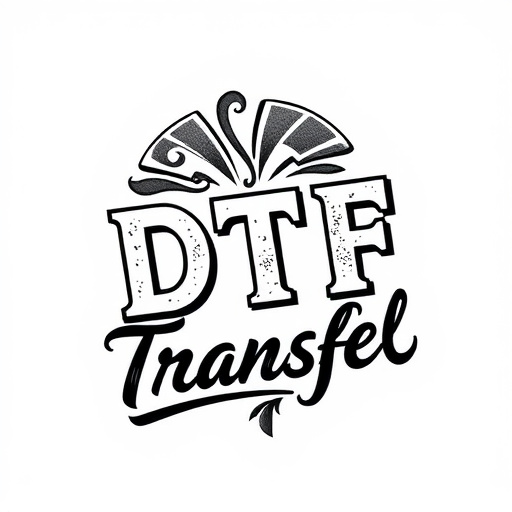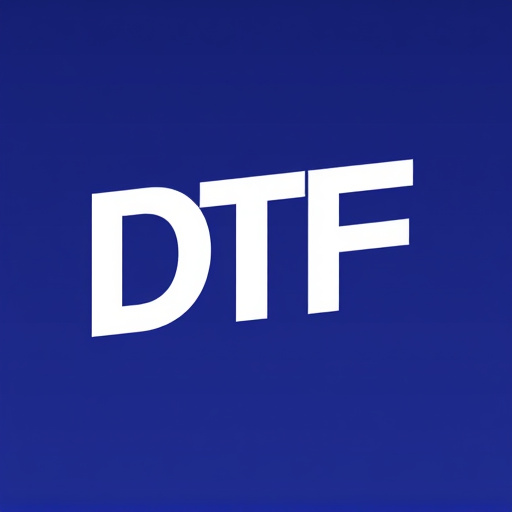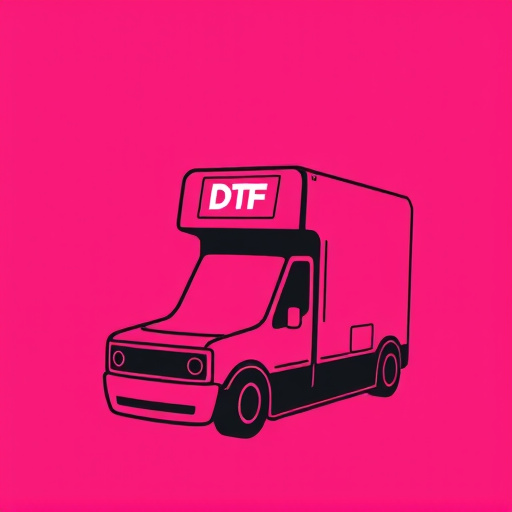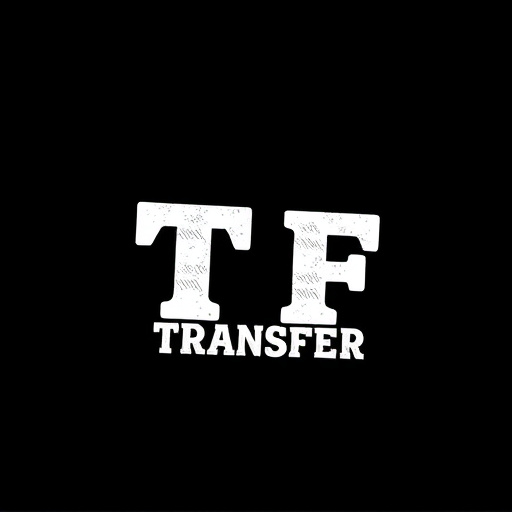Direct-to-film (DTF) printing is a game-changer in the print industry, offering high-quality versatility on various materials with fast turnaround times and precise color control. Multi-design films like Digital Thermal Film (DTF) streamline production, saving costs and time for short-run or custom projects. When designing for DTF, maintaining aesthetic harmony through shared color palettes and balanced element placement is key. Arranging multiple layouts requires careful consideration of scale, resolution, and registration to ensure clarity. DTF's advantages span apparel, signage, and packaging industries, with future innovations focusing on AI, sustainability, and eco-friendly practices.
In the realm of printing, Digital Thermal Transfer (DTF) technology has emerged as a game-changer, offering unprecedented efficiency and versatility. This article explores an innovative approach to DTF printing: combining multiple designs on a single film for streamlined production. By leveraging multi-design films, printers can optimize their processes, reduce waste, and cater to diverse customer needs. We’ll delve into the advantages, design considerations, practical applications, and future trends shaping the world of DTF printing.
- Understanding DTF Printing: A Quick Overview
- Advantages of Multi-Design Film for Efficient Print Production
- Choosing the Right Designs for Combined Printing
- Layout and Design Considerations for Optimal Results
- Practical Applications and Industry Use Cases
- Future Trends in DTF Printing: Innovations to Watch
Understanding DTF Printing: A Quick Overview
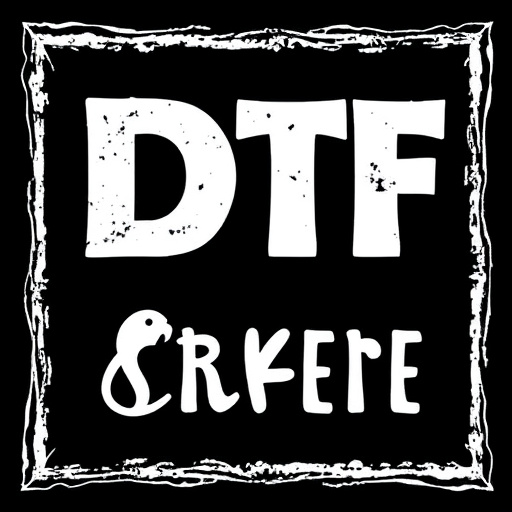
Direct-to-film (DTF) printing is a cutting-edge technique that allows for the efficient production of high-quality prints by applying ink directly to film. This innovative process streamlines the printing workflow, eliminating the need for separate plates or molds. DTF enables printers to achieve remarkable detail and color accuracy on various materials, making it an attractive option for diverse applications.
By using advanced inkjet technology, DTF printing offers unparalleled versatility. It accommodates a wide range of media types, from standard papers to specialty films and even textiles. This adaptability makes DTF ideal for businesses seeking a single solution for multiple print needs. Moreover, its fast turnaround time and precise color control make it an efficient choice for both small-scale projects and large-format printing operations.
Advantages of Multi-Design Film for Efficient Print Production
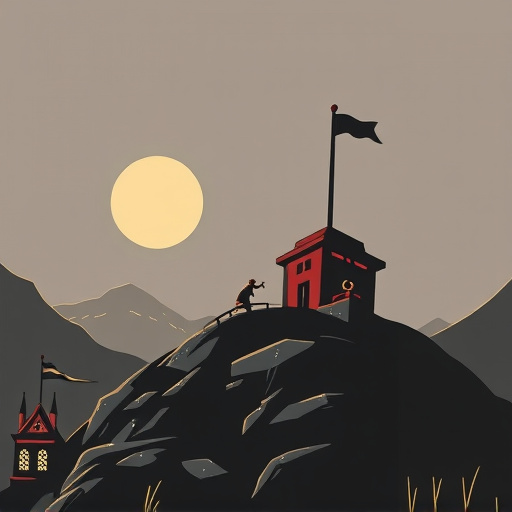
Using multi-design film, like Digital Thermal Film (DTF), for efficient print production offers significant advantages. One of the key benefits is cost reduction; by printing multiple designs on a single film, printers can optimize resource utilization, minimizing waste and overhead costs associated with setting up individual prints for each design. This efficiency gains are especially pronounced in short-run or custom printing projects where changing designs frequently would otherwise be expensive and time-consuming.
Additionally, DTF allows for faster turnaround times. Since multiple prints can be produced simultaneously, the process streamlines production, enabling printers to deliver jobs more promptly. This speed is a game-changer in fast-paced industries where quick response times are essential. Moreover, the versatility of multi-design film supports diverse printing needs, accommodating various design sizes and layouts on a single roll, thereby enhancing productivity and flexibility for print service providers.
Choosing the Right Designs for Combined Printing
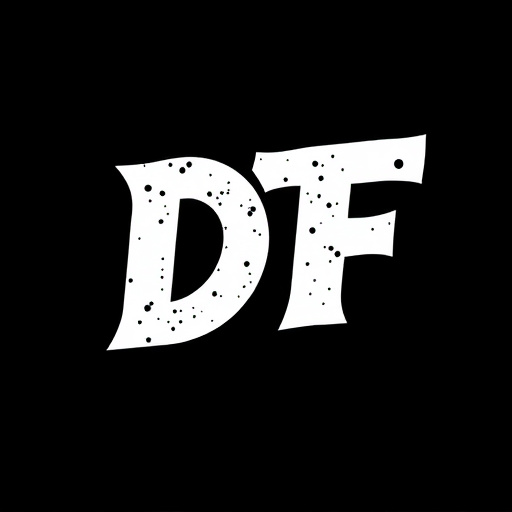
When considering designs for combined printing on a single film, it’s crucial to select pieces that complement each other aesthetically while also taking into account practical factors like color compatibility and image resolution. The DTF (Direct to Film) process benefits from versatile designs that can seamlessly transition from one to another without noticeable seams or jarring changes in style. Opt for motifs or themes that share common color palettes to ensure smooth overprinting. For instance, floral patterns, geometric shapes, or abstract art can beautifully overlap when printed together.
Additionally, the complexity of each design plays a role. Balancing simple and intricate elements allows for more flexibility during arrangement. Simple designs offer clean transitions between prints, while intricate details provide opportunities for unique layering effects. Careful selection and strategic placement of these designs will result in a captivating print that showcases the full potential of combined printing techniques.
Layout and Design Considerations for Optimal Results
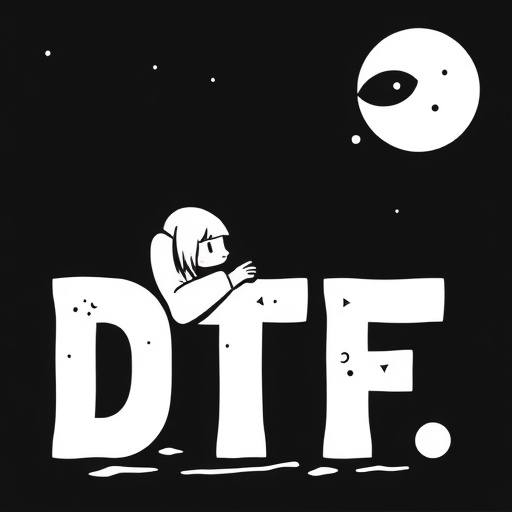
When designing multiple layouts on a single film for DTF (Direct-To-Film) printing, careful consideration is key to achieving optimal results. Each design should be thoughtfully arranged, keeping in mind the final product’s aesthetic and functionality. The placement of designs on the film should aim for an even balance, ensuring no individual element dominates the composition. Overlapping or adjacent placements can create visual interest but require precise registration to maintain clarity.
Designers must also consider the scale and resolution of each element. Smaller details may become lost if not given adequate space, while larger elements could overpower smaller ones. Proper spacing between designs allows for a harmonious blend, enhancing the overall print quality. Additionally, taking into account the printing process itself—from film to final product—helps ensure that design considerations align with practical constraints, resulting in visually appealing and technically sound prints.
Practical Applications and Industry Use Cases
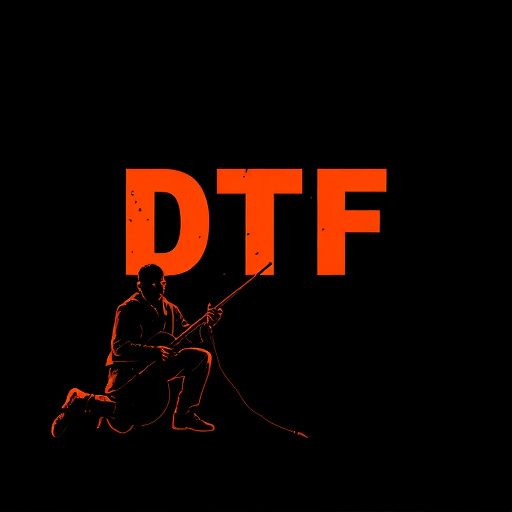
Multiple designs arranged on a single film for efficient printing, often utilizing Direct-to-Film (DTF) technology, offers significant advantages in various practical applications and industry use cases. This innovative approach streamlines production processes by minimizing waste and maximizing efficiency, particularly in short-run or custom printing projects. For instance, in the apparel industry, DTF allows designers to create unique, limited-edition clothing lines with intricate graphics and patterns without incurring high setup costs or lengthy production times.
Moreover, this technology finds extensive use in signage and display advertising. By printing multiple designs on a single film, businesses can quickly update or change their promotional materials, ensuring dynamic and engaging visuals for their customers. Additionally, DTF’s versatility extends to packaging, where it enables the production of personalized, eye-catching product packaging tailored to specific consumer preferences. This capability not only enhances brand identity but also contributes to a more sustainable approach by reducing unnecessary material wastage.
Future Trends in DTF Printing: Innovations to Watch
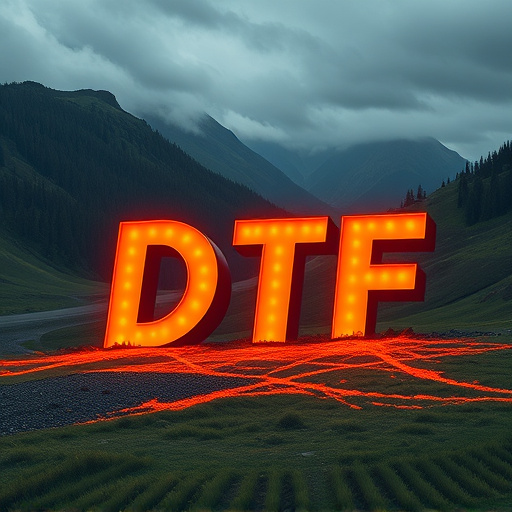
The future of Direct-to-Film (DTF) printing looks promising, with several innovative trends poised to revolutionize the industry. One significant trend is the integration of advanced digital technologies, such as AI and machine learning, to optimize print quality and speed. These technologies enable more precise registration and color accuracy, ensuring that complex designs with intricate details are printed flawlessly on various materials.
Additionally, there’s a growing emphasis on sustainable practices within DTF printing. Developers are exploring eco-friendly inks and substrates, aiming to reduce the environmental impact of printing processes. This shift towards sustainability is driven by both consumer demand for greener products and regulatory pressures. As these innovations mature, DTF printing is set to become more efficient, versatile, and environmentally conscious.
